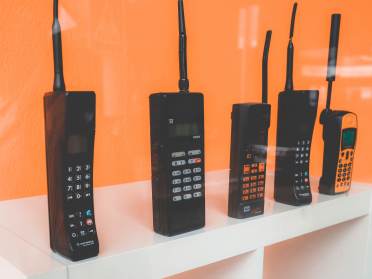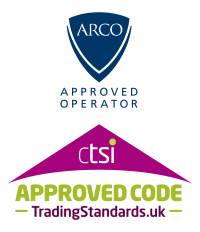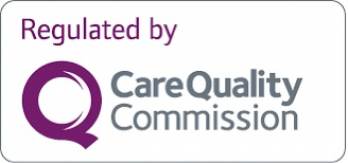Below is the second instalment of our guide to keeping safe online, courtesy of Audley’s broadband and phone service provider, Eurolink.
C O N S I D E R L E A R N I N G M O R E

Sadly, one of the most common causes of cybercrime is human error – clicking on a suspicious link or opening a dodgy email – and the only way to combat this is to educate yourself. There are some really great courses available online which will take you through the risks step by step and test your newfound knowledge. This is a great way to brush up your skills and is guaranteed to reduce your risk of a breach.
C H E C K Y O U R N E T W O R K S E C U R I T Y

Aside from the device you use to access the internet, for example, there are lots of other ‘kit’ within the network that could be at risk of a breach. From your router to your WiFi hub, it is essential that your security is up to scratch. This can be a complicated process, so we advise talking to your provider – in many cases that’ll be us – to double-check you have all the security features in place and to advise you how to make upgrades. At the same time, make sure you have a firewall in place (it’s usually included as part of antivirus) as this acts as an electronic barrier preventing unauthorised access to your device.
W H A T E L S E I S O N Y O U R N E T W O R K ?
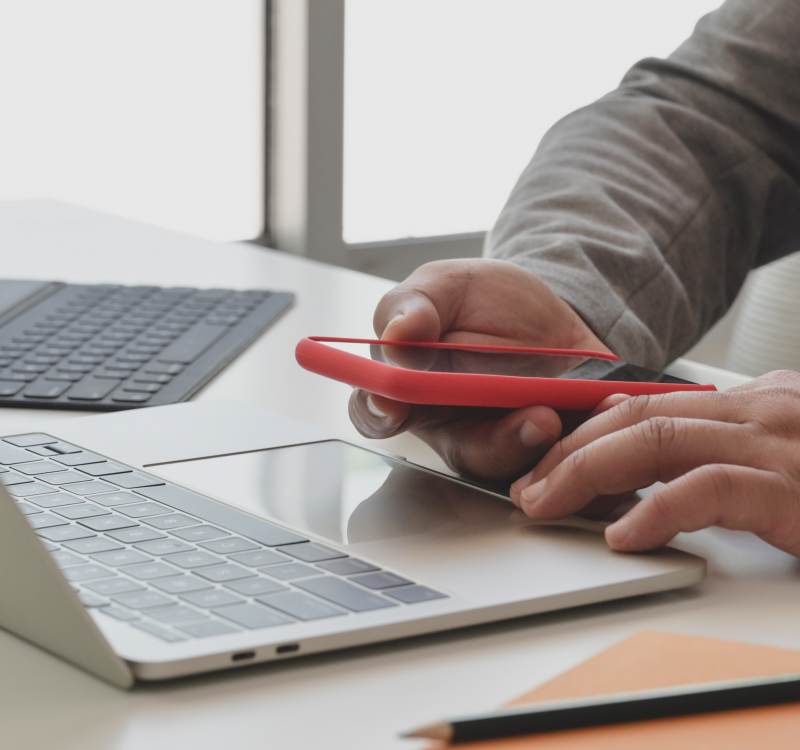
Think about what else is attached to your internet connection. When we think of cyber risk, most of us will be thinking about our PC or laptop, mobile phone and tablet. However, there are a lot more things in your home which might be connected to the internet. Security cameras, smart meters and other smart technology often need an internet connection to work, which can provide a route for hackers to access your internet connection. From there, they might then be able to gain access to your other devices. Make sure you only have things connected to the internet which need to be, and if they are connected then make sure you have changed any pin numbers or passwords from default and incorporated every security feature.
K E E P U P T O D A T E

One of the most important things you can do is to enable automatic updates to your software and devices. There is a common misconception that these slow down your PC and make it expire faster, but actually software and device updates include essential security patches to keep your system secure. They are developed by the proprietor of the device or software, specifically to combat newly identified threats, so they’re an essential part of your cyber safety.
B E C Y B E R S M A R T
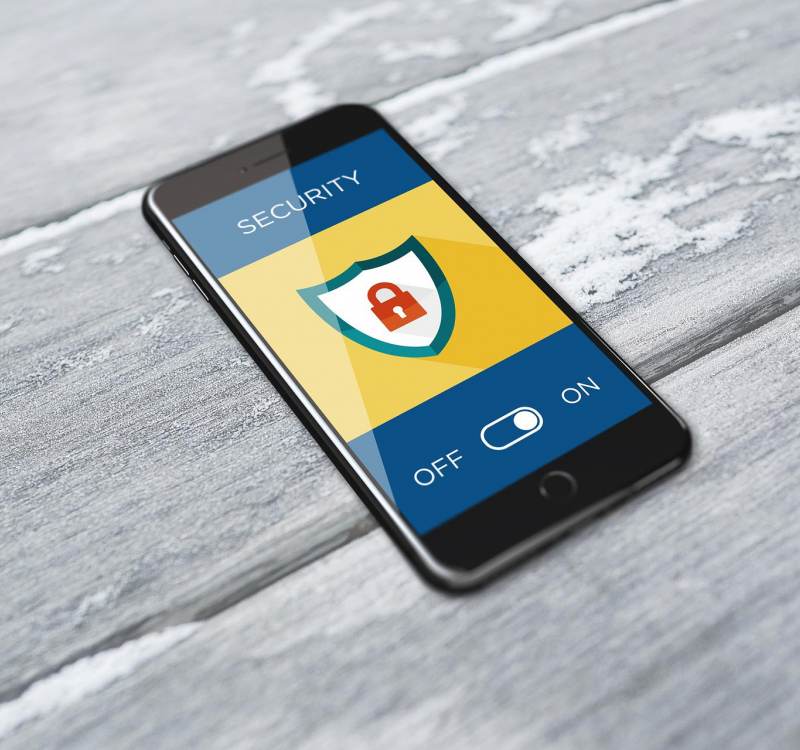
As we mentioned, human error is often the weakest link in the cyber security chain, so it is essential you use your common sense and think about the actions you are taking.
Y O U C A N ' T B E P E R F E C T, B U T H E R E A R E S O M E S I M P L E T I P S
• If you can’t verify who they are, don’t give them any details. There are plenty of scammers making calls to people to gain access to devices or PCs. The only way you can validate these callers is to ask the company they are calling from and request a contact telephone number, before telling them you will call them back.
You can then look-up the customer service number of the company that was calling you, to make sure they are legitimate. Either way, don’t give personal details or remote PC access to anyone you don’t know.
• Don’t give out financial details, or make bank transfers. Again, these are common scams and just like the phone calls, don’t part with any details. If in doubt, your bank will have published details on their website telling you how and why they will contact you, so make sure they are following these steps. If they aren’t, then it isn’t your bank!
• If you receive a suspicious email, delete it and do not reply. Some strange emails are used to verify if your email address is working so that they can send you a new scam in the future, and some come already loaded with scams and viruses to catch you out now. If you are unsure who the sender is and it looks to be from an organisation, find their official website and call them to check. Do not use the number in the email or the link as these can be spoof contact details.
Although these aren’t concrete factors, things like blurry logos, spelling errors, odd spacing, incorrect names and the like can all suggest an email is suspicious. The one caveat is that criminals are getting more savvy and more sophisticated so spam emails will often look legit. If in doubt, delete it.
• Don’t click on links or open files unless you’re sure you know where they are coming from. Hopefully, if you do click one, your antivirus will intervene, but it is always better not to click it if you don’t need to. Don’t forget, friends and family will often forward on chain emails with funny jokes or videos, but these can hide nasty files too.
F I N A L L Y

Perhaps most importantly, trust your instincts. If something feels off or it feels too good to be true, then it probably is! Scammers are always finding new ways to trick people, so if you feel you have been tricked, don’t suffer in silence - talk to your friends and family for support. There is nothing to be embarrassed about as these criminals trick people all the time and you will not be on your own.
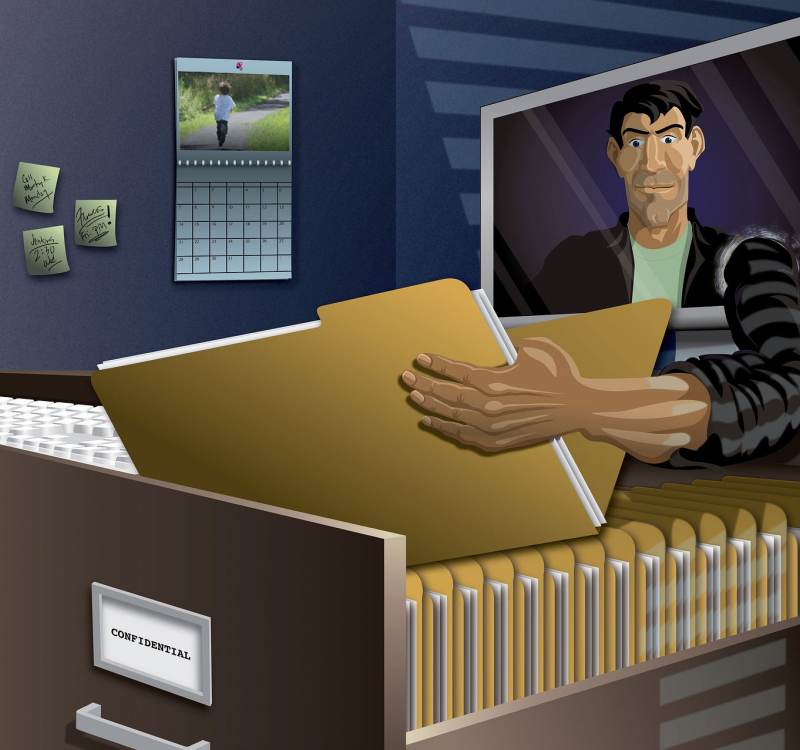
Staying safe online: your guide to digital safety
Part 1
Read the first part of our guide to keeping safe online, courtesy of Audley’s broadband and phone service provider, Eurolink.
You can also report scams to the police via the Action Fraud website
If for any reason you are unsure at any point, our partners at Eurolink are available on 01453 700 800 and will happily work with you to help keep you safe from these threats.







